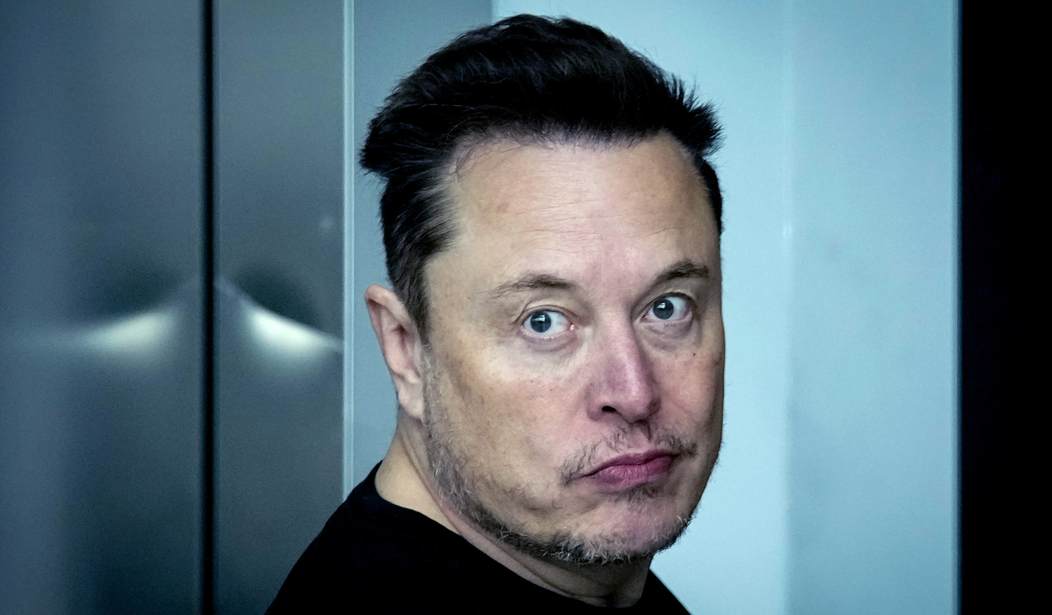As many of you likely recall, on November 18 of last year, Elon Musk launched his new Starship rocket from Boca Chica, Texas. The rocket is intended to carry human beings to the moon and, eventually, Mars. The size of this project is both literally and figuratively staggering. Starship was the biggest rocket ever put into the air. Being a prototype, the flight did not wind up going as planned. The first stage of the rocket was supposed to return to Earth and land safely so that it could be reused, but it exploded shortly after separating from the second stage. A short time later, the second stage triggered a self-destruct sequence and it blew up also. The explosions were every bit as massive as the rocket stages themselves. Now, some of the researchers at Nature Publishing Group have finished analyzing the data from the doomed launch and concluded that Musk managed to blow a "hole" in the planet's ionosphere larger than almost any other ever detected. And that could carry consequences for human technology in the future.
The huge explosions that destroyed SpaceX’s Starship mega-rocket last year also blew one of the biggest ‘holes’ ever detected in the ionosphere, a layer of thin air in the upper atmosphere. The hole stretched for thousands of kilometres and persisted for nearly an hour, a study found1.
Study co-author Yury Yasyukevich, an atmospheric physicist at the Institute of Solar‐Terrestrial Physics in Irkutsk, Russia, says that the extent of the disturbance took his team by surprise: “It means we don’t understand processes which take place in the atmosphere.” He adds that such phenomena could have implications for future autonomous vehicles that might require precision satellite navigation. The results were published on 26 August in Geophysical Research Letters...
To find out what was really going on and why this event was disturbing to scientists, you have to dig through a lot of scientific technospeak. The explosion of Starship was big, but it was hardly the biggest atmospheric explosion ever registered. And when these researchers say that Musk "blew a hole in the ionosphere," they don't mean that a portion of the atmosphere simply disappeared, leaving a vacuum behind. (Well... not for more than a few seconds, anyway.) Musk has launched four more of them since then without any more catastrophic failures and seems to be on his way toward perfecting the formula.
So what was it about the initial pair of explosions that raised concerns among these researchers? Things blow up in the atmosphere on a regular basis and the planet seems to keep chugging along nicely. This is where the study begins to become complicated. The ionosphere starts roughly fifty miles above the surface of the planet and stretches upward to the border of space. The higher you go, the more you encounter regions where the sun's radiation strips atmospheric molecules of their electrons, so parts of the ionosphere consist of free, negatively charged electrons and positively charged ions. Those molecules affect the speed at which radio waves beamed down from satellites propagate.
Musk's exploding rockets wiped out a significant portion of those charged molecules over a distance of roughly 1,000 miles and the disturbance lasted for nearly an hour. So what's the big deal? A lot of our technology, particularly GPS, relies on incredibly sensitive measurements and precise transmission times between satellites and ground-based stations. If the speed of those communications is altered even slightly, errors will be produced. This can impact everything from your car's onboard navigation system to precision weapon control systems.
So it appears that the explosions can and did have an impact on critical technology systems. But as the researchers themselves admitted, it was only momentary. No significant impacts on high-tech systems were observed. Besides, Mother Nature blows these sorts of "holes" in the ionosphere regularly. The historic meteor that blew up over Chelyabinsk, Russia, in 2013 produced a hole nearly as large as Musk's rockets did and the world continued on its merry way around our star. So it appears that Elon Musk is not on the verge of sending mankind back to the Stone Age... or at least not yet, anyway.








Join the conversation as a VIP Member